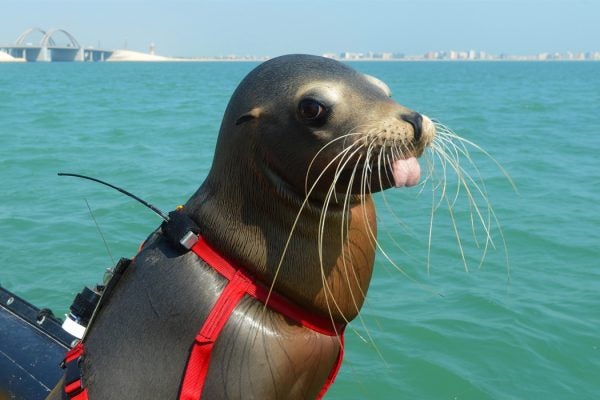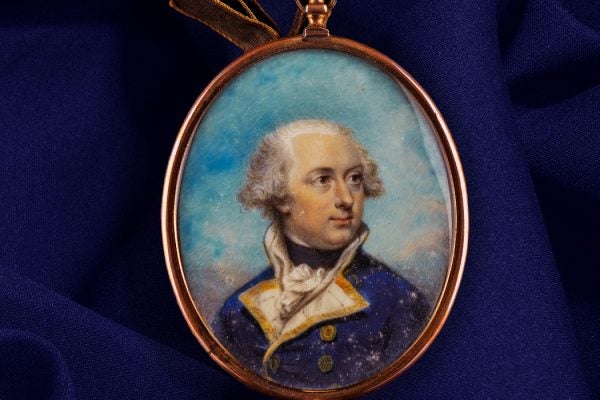The Strange Case of Daniel Defoe’s Civet Scheme
In the 17th century, these animals were prized for their musk. So when the not-yet-famous writer Daniel Defoe needed quick cash, he turned to civets.
The Buggy Truth about Natural Red Dye
The slightly disgusting secret ingredient that has historically made food dye, lipstick, and even the cloaks of Roman Catholic cardinals so vibrant.
The Afterlife of Royal Hair
Whether worn as a lovelock or set in elaborate jewelry, the clipped-off hair of Kings and Queens outlived the monarchs themselves.
Was It Really a Mummy’s Curse?
A slew of mysterious deaths following the opening of King Tut's tomb prompted one epidemiologist to investigate.
Pssst, Crop Circles Were a Hoax
In the late 1970s, mysterious circular patterns started showing up in farm fields.
The Invention of Dessert
The English word “dessert” emerged in the seventeenth century, derived from the French verb “desservir.” But the concept has changed a lot since then.
The Origins of Women’s Soccer
The British Ladies Football Club held their first match at Alexandra Park in Crouch End, London in 1895.
Navy Seals: Why the Military Uses Marine Mammals
A beluga whale was suspected to be a spy. It's not as outlandish as it may seem.
The Prince of Quacks (and How He Captivated London)
James Graham, founder of the Temple of Health, benefitted from his undeniable flair for showmanship and his talent for leaping on trends.
Colonialism Created Navy Blue
The indigo dye that created the Royal Navy's signature uniform color was only possible because of imperialism and slavery.









